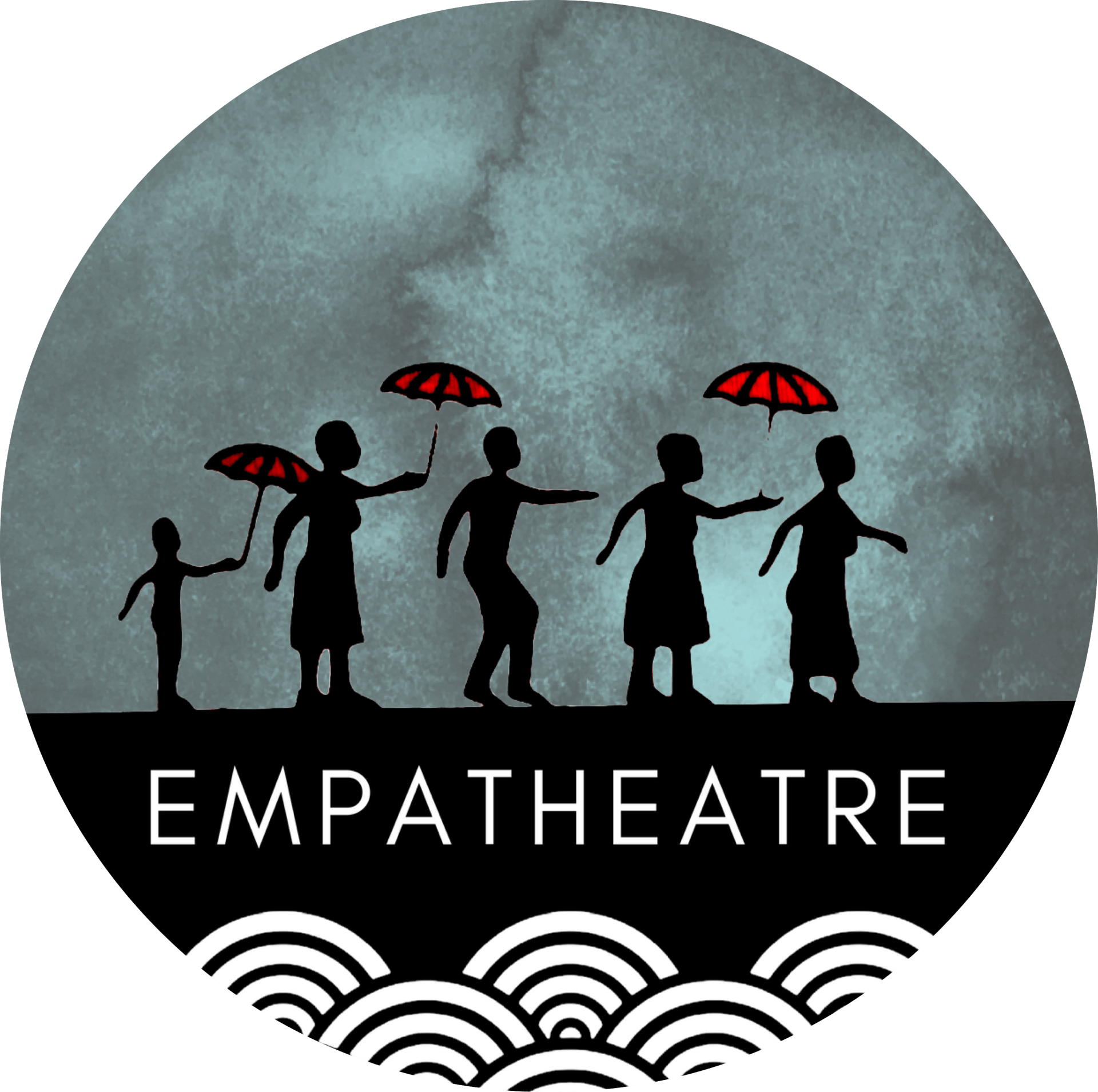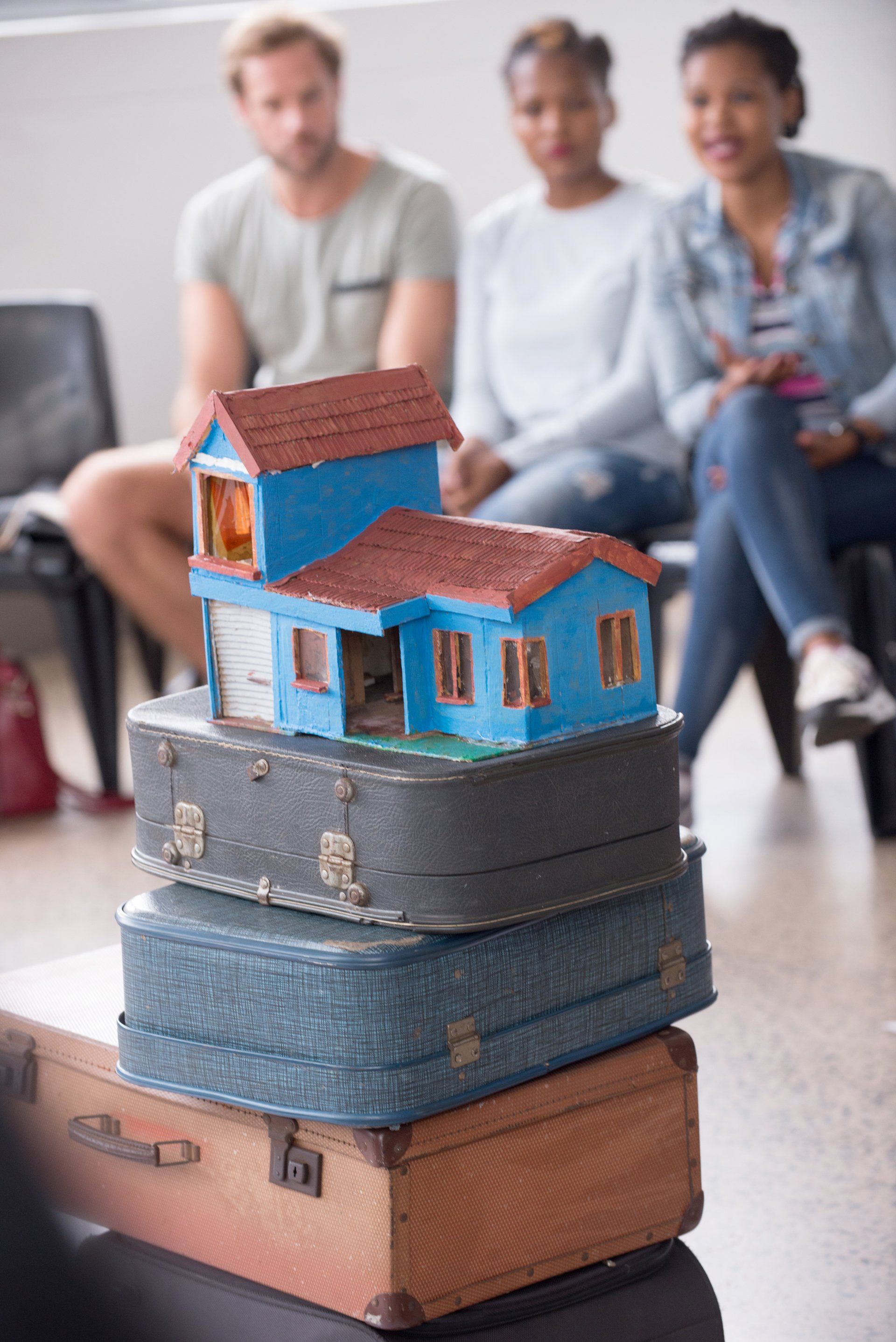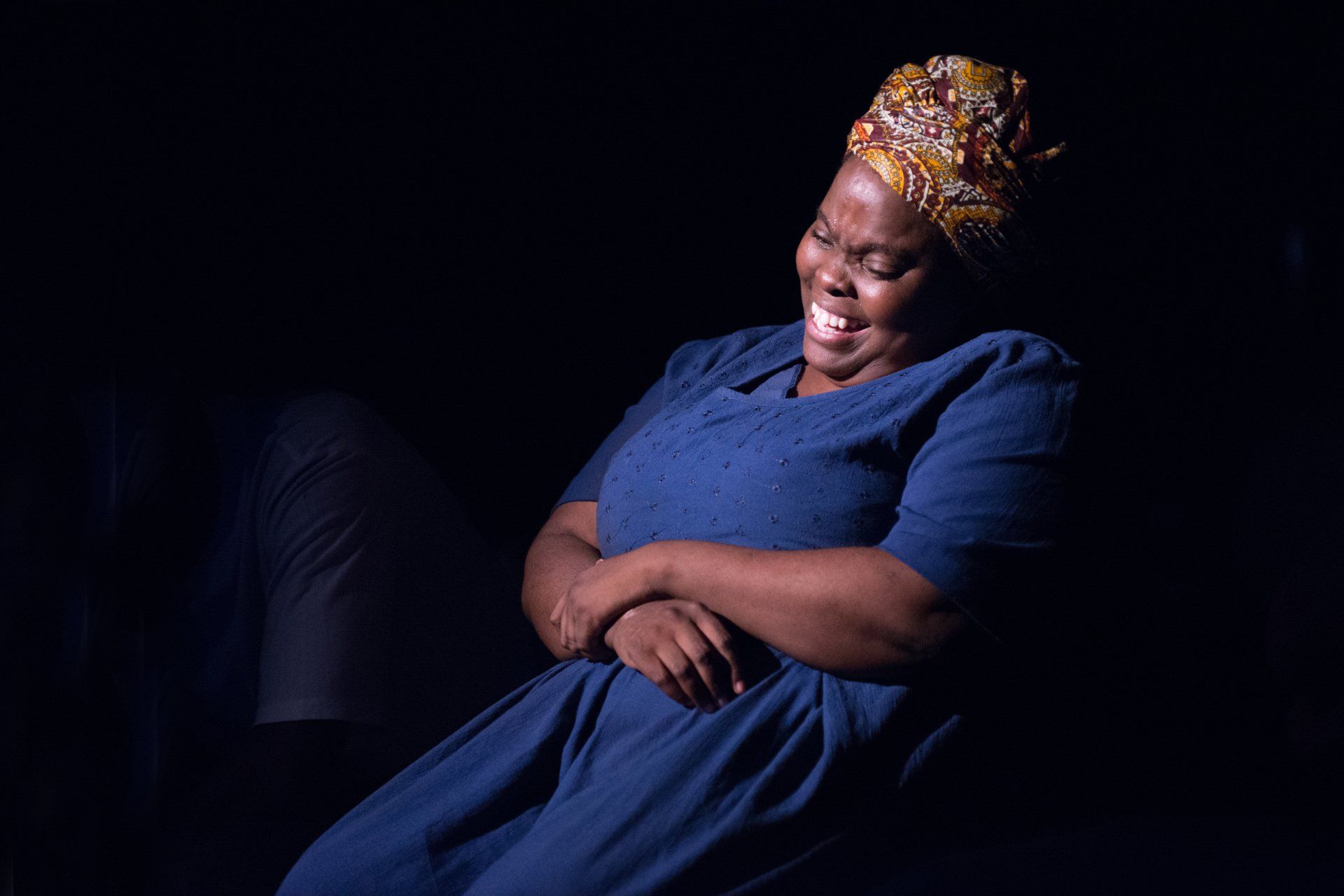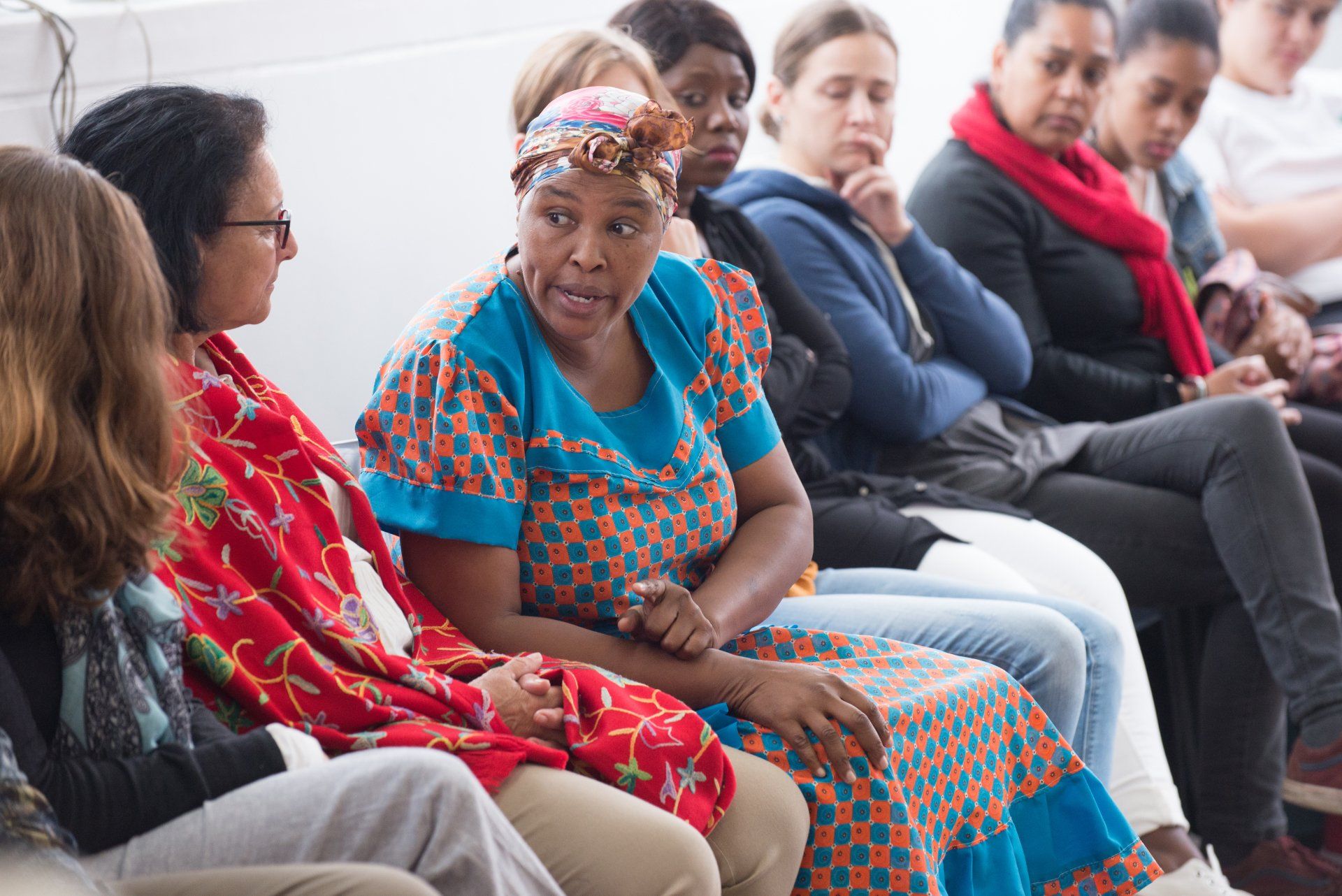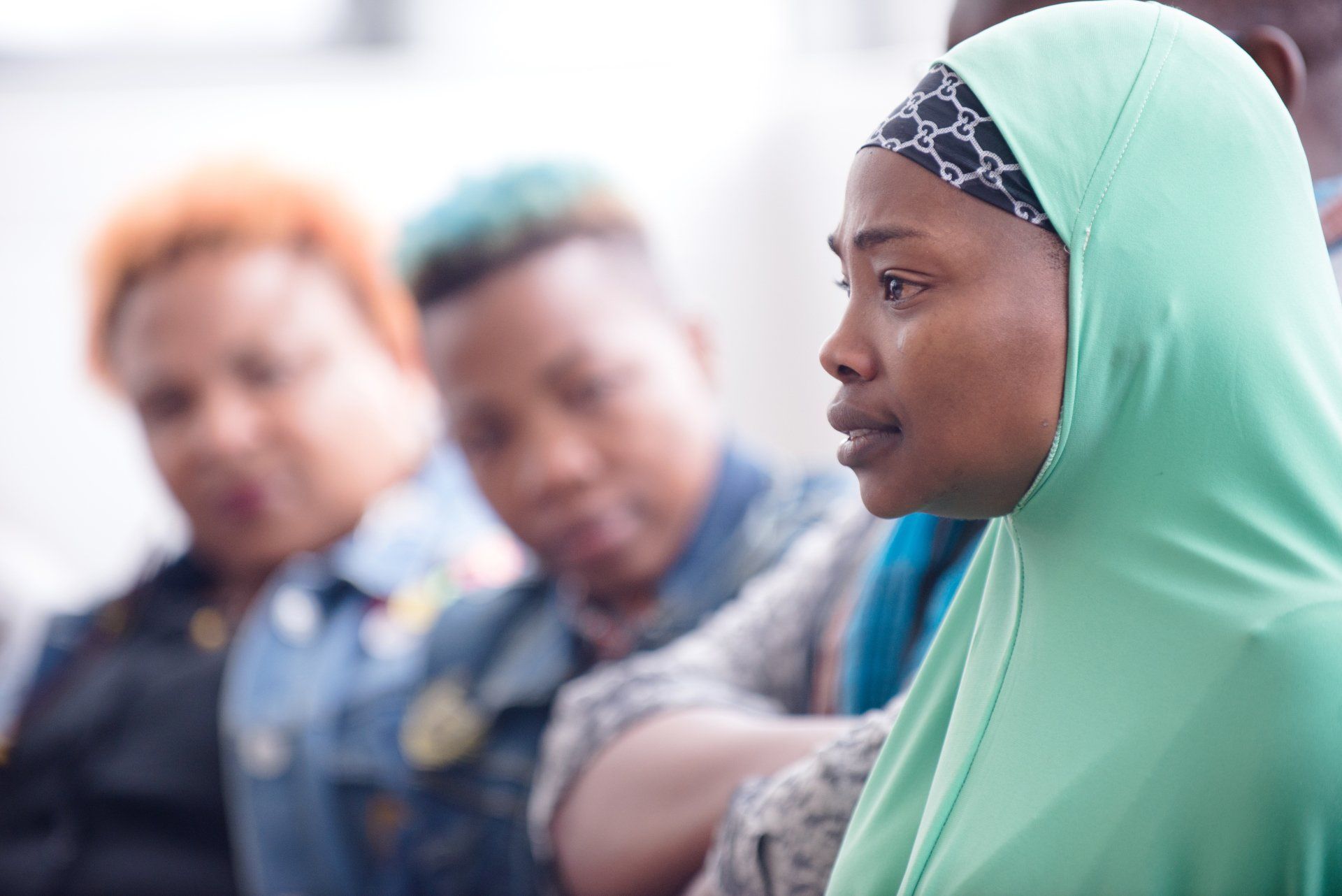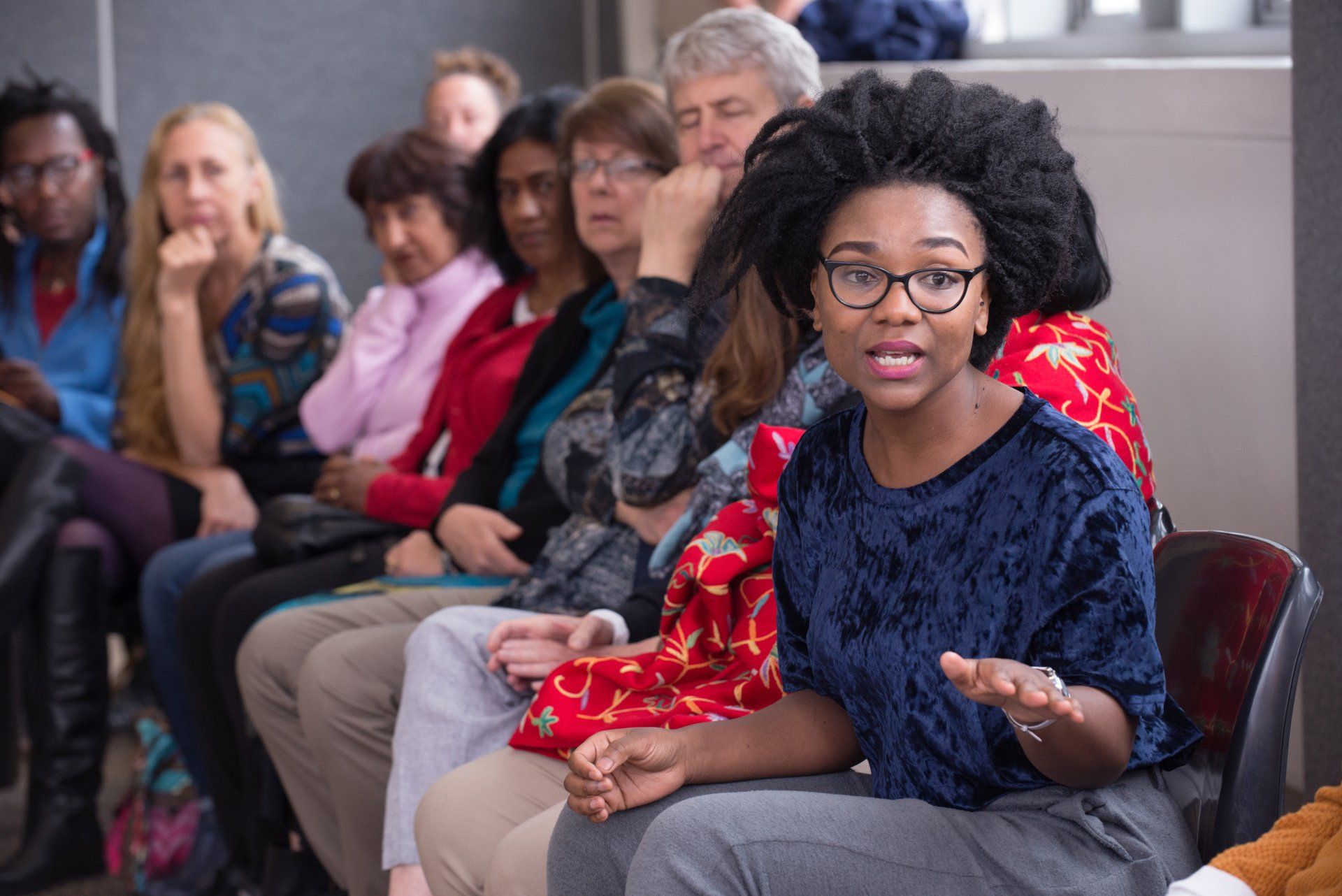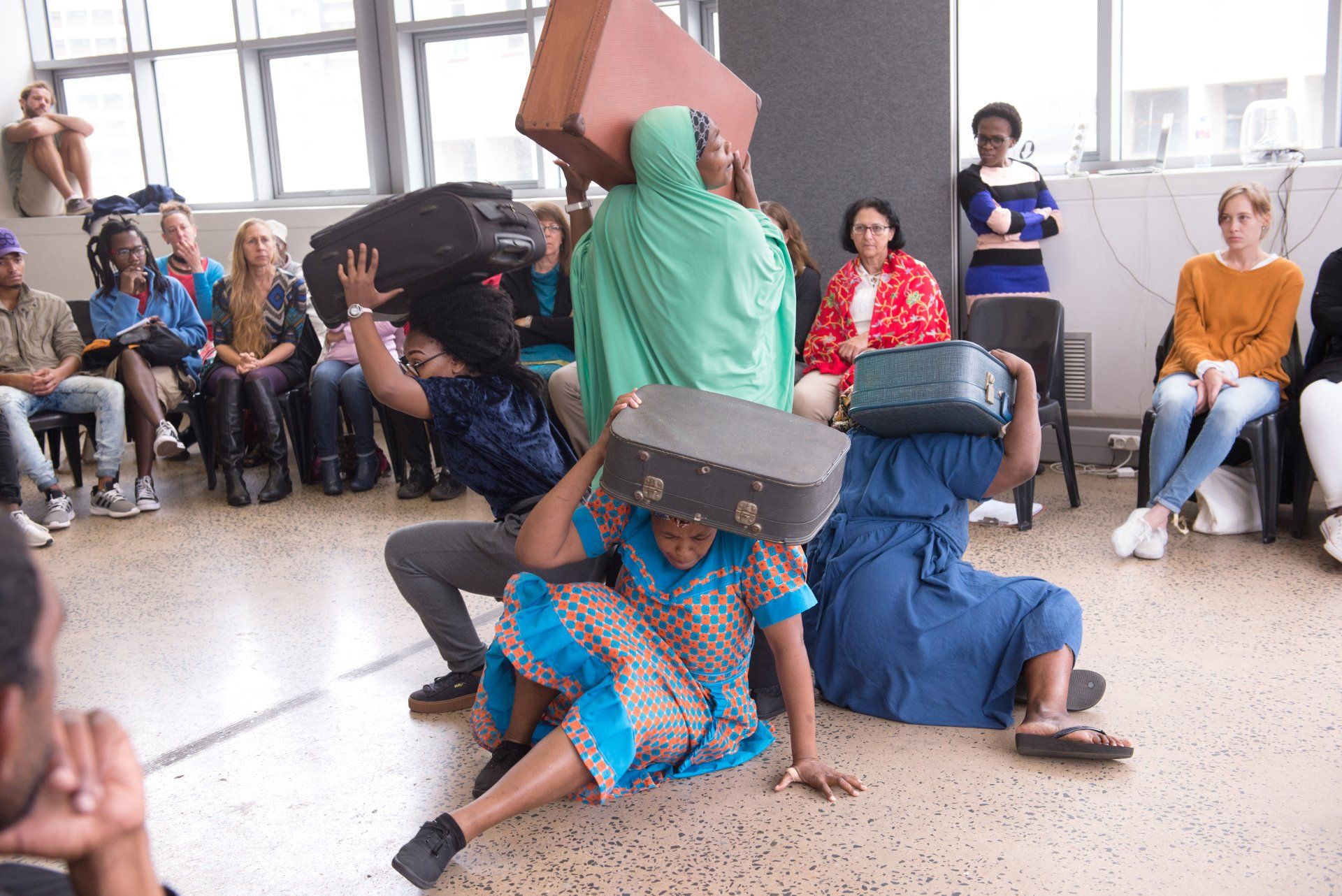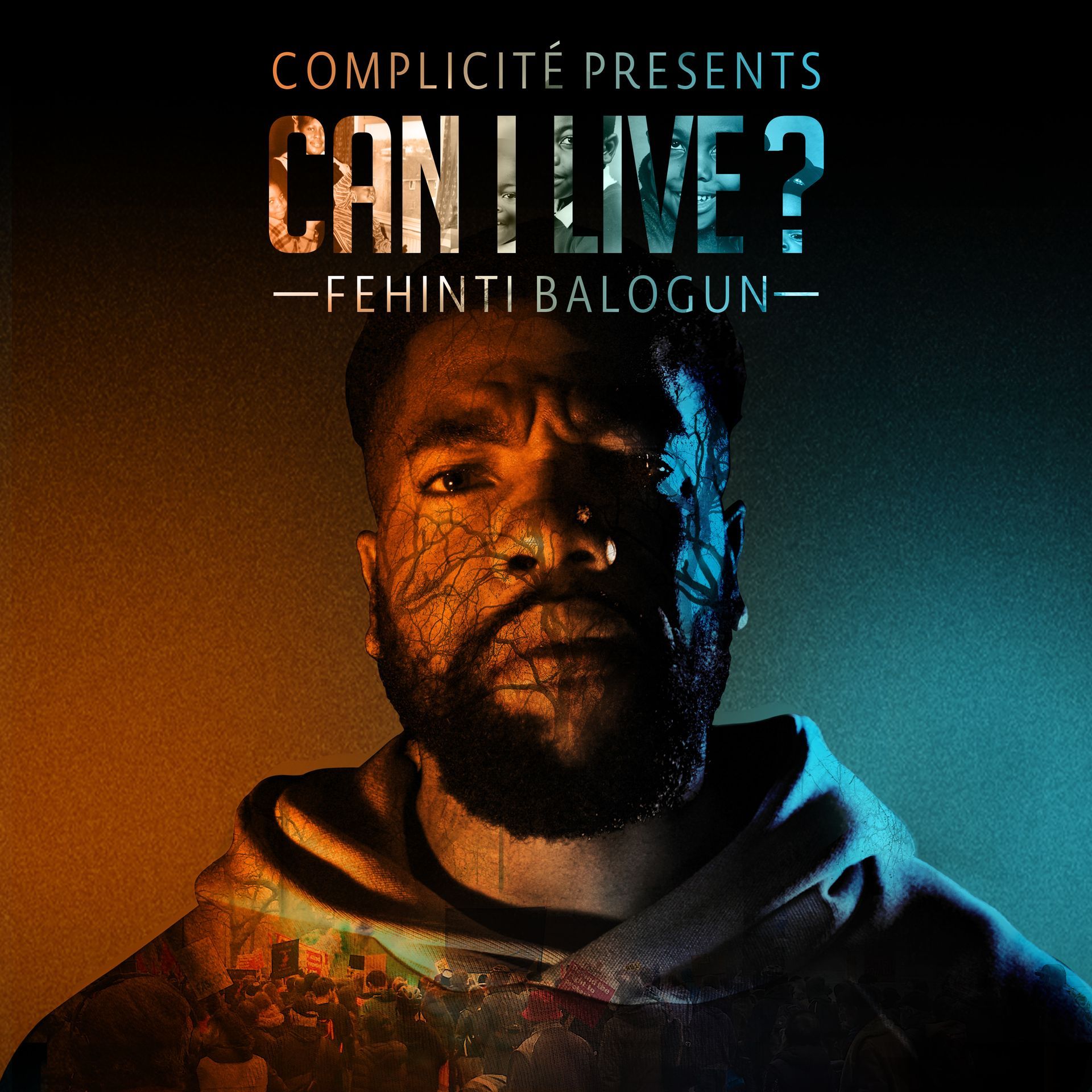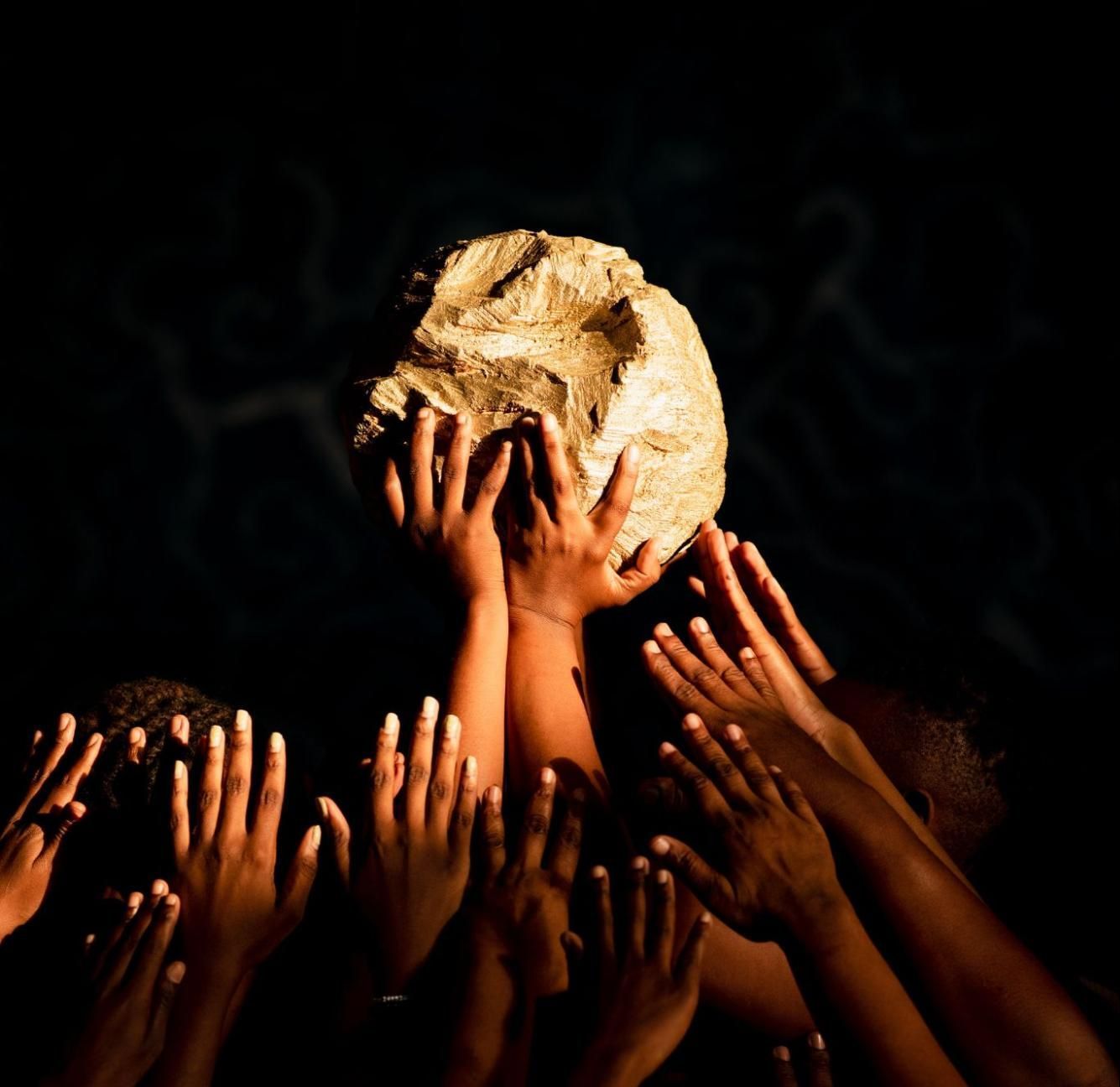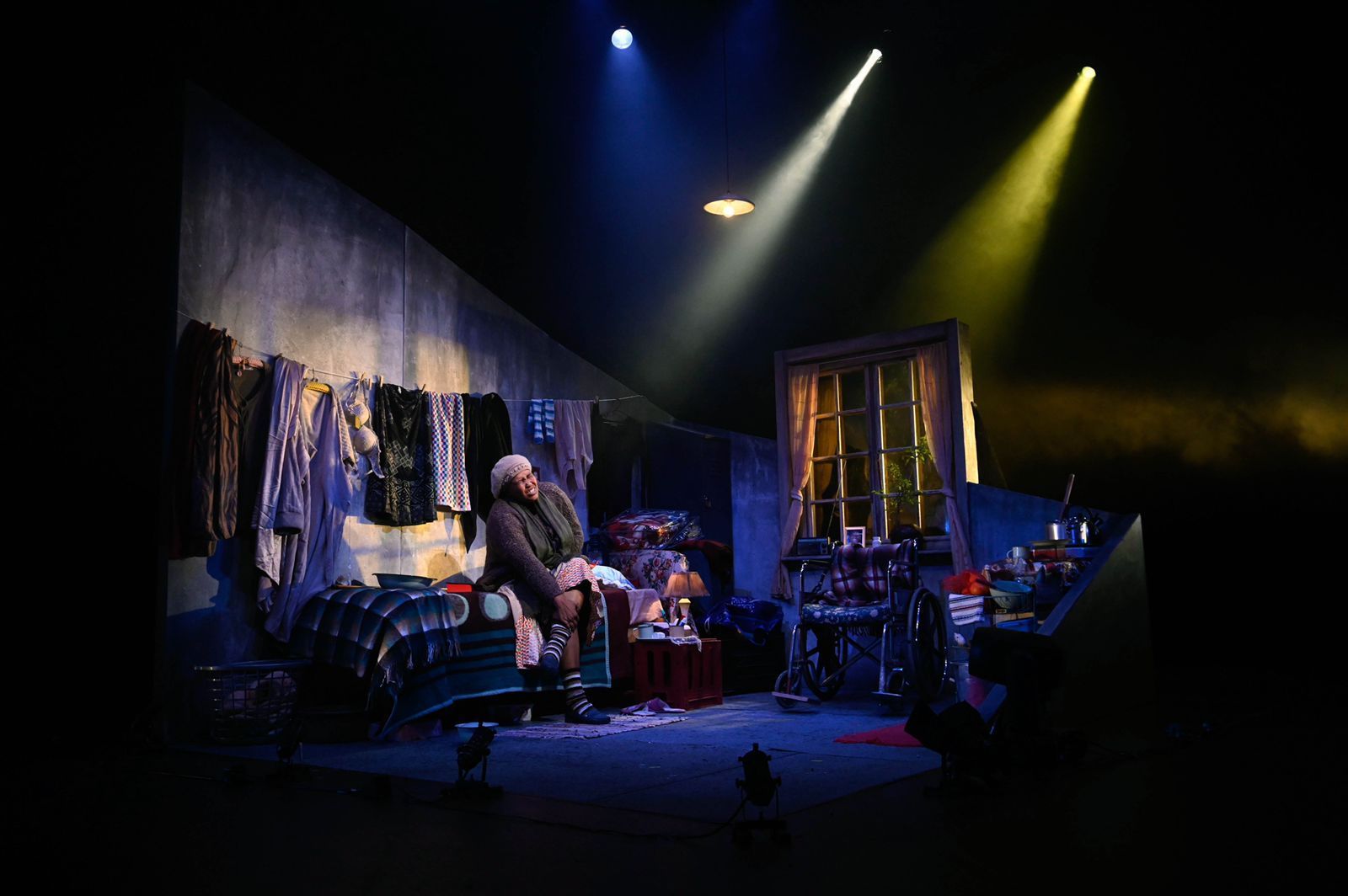The Migration and the Inclusive City project in Durban
Through its Catalytic Fund and emerging Joint Work Programme on Cities and Migration, Cities Alliance seeks to involve all partners with an urban focus to advance thinking on cities and migration. As an example, Cities Alliance financed the Migration and the Inclusive City project to help Durban, South Africa develop a new response to migration that emphasises social inclusion, integration and participation through a public awareness and advocacy campaign.
Durban has experienced growing animosity against people identified as coming from other African countries. Despite a progressive South African constitution, xenophobic sentiments are common in popular and political rhetoric. In 2009, violent attacks against "foreigners" spread throughout the country, and again in the city of Durban in 2015. Developing inclusive policy frameworks requires tackling the discrimination that underpins this violence.
In the Durban project, this was done through a method of empathetic storytelling. But whose stories should be heard? Non-governmental organisations, faith-based organisations, and new migrant-led civil society groups have increasingly entered into city forums about exclusion in the city. While important, these voices are almost always male. So, this project focused on the voices least heard in the city: those of migrant women.
Oral histories were collected from 30 migrant women with different backgrounds: women seeking asylum, women with different visas, and South African internal migrant women from rural areas. These oral histories are deeply moving accounts of arriving in the city and making it a place like home. The stories were then woven into a piece of intimate documentary theatre called The Last Country, which tells the stories of Ofrah from the Democratic Republic of the Congo, Anene from Zimbabwe, Amina from Somalia, and Ma Thwala from South Africa. It is performed with audience members sitting in a circle around the four women actors.
The play was performed in traditional theatre venues and in community halls across the city free of charge, eventually reaching some 750 people. It drew emotional responses from the audience, especially how Ma Thwala's story was woven into the stories of women from outside South Africa. This created a shared narrative that highlighted commonalities rather than differences.
Connecting to others through listening to their stories is a profoundly empathetic experience for most humans. In the South African context, oral storytelling has deep cultural and historical meaning: it is the way both history and a sense of identity have been passed down from generation to generation. Storytelling can be a consciousness-raising strategy to challenge attitudes, and it can be a useful method for engaging local government.
"It was a real wake up call for me, something which I had not had before. And I guess when you see it in two dimensions, when you read a text book or a case study, you kind of get cynical and you almost get comfortable where you think that the researcher had a bias," said a senior official who attended a dedicated performance for city officials.
"But when you see it in front of you, and you see that the research is talking to you, and you see that it is pounding at your door, it is a whole new concept of learning, and it's a whole new concept of awakening," the official noted.
The long-term impact of work that attempts to shift attitudes is difficult to measure. Nonetheless, storytelling methods can make a contribution. At the heart of identity-based violence is the dismissal of another person's humanity, the silencing of their voice. Creating ways in which these stories are publicly heard can powerfully mitigate against this silencing. As a local newspaper reported on The Last Country: "It is only when we realise the enormity of the threads which bind us, can we begin to empathise, share and heal together."
With cities around the world grappling with issues of migration and inclusion, there is no time like the present to share each other's stories so that we may find the common threads that bind us.
Related resources:
